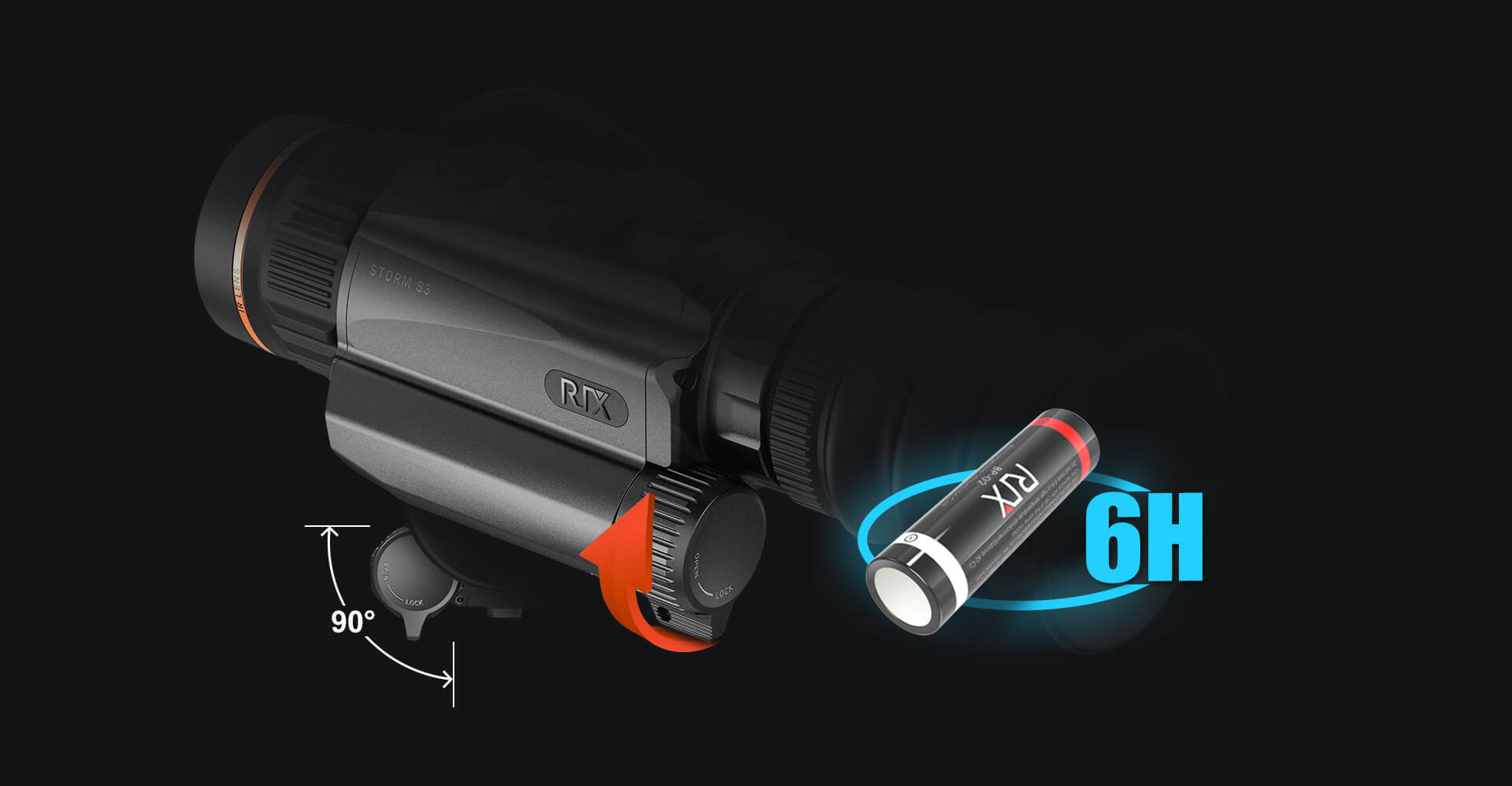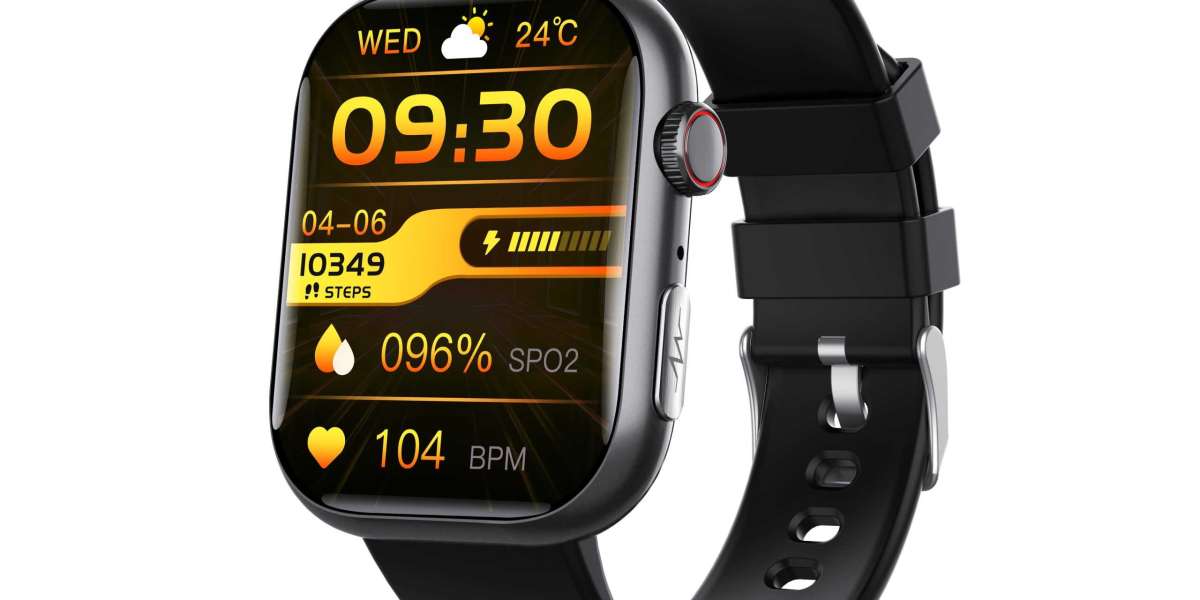In recent years, thermal night vision scopes have gained immense popularity among outdoor enthusiasts, hunters, and security professionals. But what exactly are these devices, and how do they function? This article aims to provide a comprehensive understanding of thermal night vision scopes, their technology, and their applications.

What Are Thermal Night Vision Scopes?
Thermal night vision scopes are optical devices that allow users to see in low-light or complete darkness by detecting infrared radiation emitted by objects. Unlike traditional night vision devices that amplify visible light, thermal scopes visualize heat signatures. This unique capability makes them invaluable for various applications, including hunting, surveillance, and search and rescue operations.
How Do Thermal Night Vision Scopes Work?
The core technology behind thermal night vision scopes involves a thermal sensor that detects infrared radiation. Here’s a breakdown of the process:
- Detection: The thermal sensor captures infrared radiation emitted by objects, which is invisible to the naked eye.
- Conversion: The sensor converts this radiation into an electronic signal.
- Image Processing: The electronic signal is processed to create a thermal image, which displays varying temperatures in different colors.
- Display: Finally, the thermal image is shown on a screen, allowing users to identify objects based on their heat signatures.
This process enables users to see through darkness, fog, and even smoke, making thermal night vision scopes essential tools in challenging environments.
Applications of Thermal Night Vision Scopes
Thermal night vision scopes are versatile tools used in various fields. Here are some common applications:
- Hunting: Hunters utilize thermal scopes to track game animals, especially during nighttime or in dense foliage.
- Security: Security personnel employ these devices for surveillance, allowing them to monitor areas without being detected.
- Search and Rescue: In emergency situations, thermal scopes help locate missing persons by detecting their body heat.
- Military and Law Enforcement: These scopes are crucial for tactical operations, providing enhanced situational awareness.
Choosing the Right Thermal Night Vision Scope
When selecting a thermal night vision scope, consider the following factors:
- Resolution: Higher resolution provides clearer images, which is essential for identifying distant objects.
- Detection Range: The effective range of the scope determines how far you can see in thermal mode.
- Battery Life: Longer battery life ensures that the scope remains operational during extended use.
- Weight and Size: A lightweight and compact design enhances portability and ease of use.
For more information on high-quality thermal night vision scopes, visit  .
.
Conclusion
Understanding the basics of thermal night vision scopes is essential for anyone interested in utilizing this technology effectively. By grasping how they work and their various applications, users can make informed decisions when selecting the right scope for their needs. Whether for hunting, security, or rescue operations, thermal night vision scopes offer unparalleled advantages in visibility and situational awareness.








